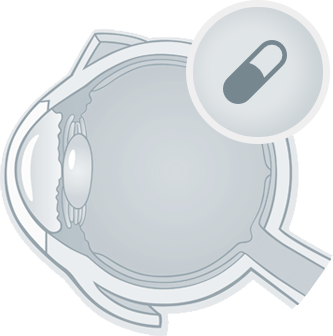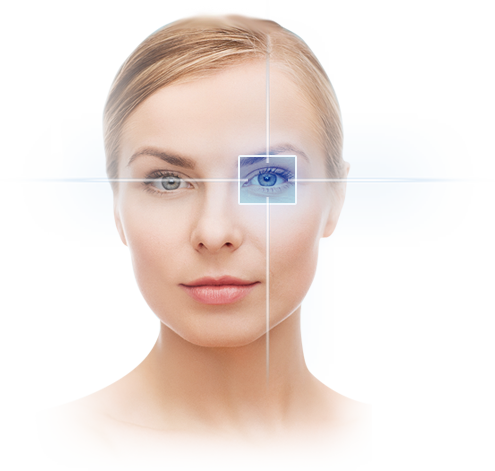CAUSES
Although it is common for cataracts to be a consequence of the aging process, it is possible that a child may already have them at birth in one or both eyes. This is called congenital cataracts.
It is a rare situation and in many cases a specific cause cannot be determined, although it may be due to hereditary factors or a symptom of other congenital or genetic diseases (rubella, Down syndrome, galactosemia, trisomy, etc.). It usually occurs within the first three months of the child’s life.
SYMPTOMS
The most visible is that the pupil, instead of being black, is white or grey. Rapid eye movements can also be seen vertically, horizontally or in rotation (what is known as nystagmus).
But sometimes, if the previous symptoms do not occur because of the mild cataracts, the diagnosis can be made by taking a picture of the child, because the classic effect of the red pupils produced by the flash does not occur, appearing in its place a bright white spot in one or both eyes. Strabismus or hypersensitivity to light are other possible symptoms.
TREATMENT
The diagnosis of congenital cataracts should be made by an expert ophthalmologist after a complete examination of both eyes to determine if they affect only one eye or both. If cataracts are mild and especially if they affect both eyes, it may not be necessary to treat them, although it will be necessary to monitor the child in order to know their eventual evolution.
If it is occurs only in one eye and is mild, a rehabilitative treatment can be performed. If they are moderate or severe and alter the child´s vision, they will have to be removed surgically. A subsequent rehabilitative treatment may also be necessary. Similarly, where the cause has been identified, the treatment indicated for the disease causing it must be followed.


SURGERY
Cataract surgery in a child cannot be governed by the same criteria as in the adult, and the decision about which technique to use should be taken individually according to the degree of opacity of the lens: if it affects one or both eyes, if there is an associated ocular complaint, the age of the child and the prior assessment of the co-operation between the family and the patient.
Surgery involves in all cases the removal of the lens (lensectomy).


